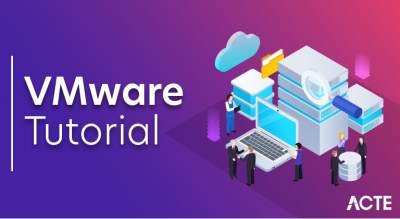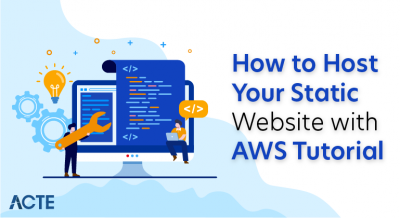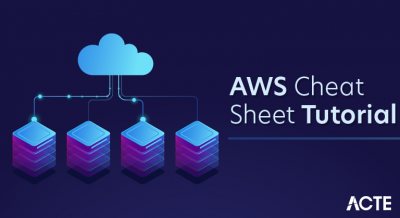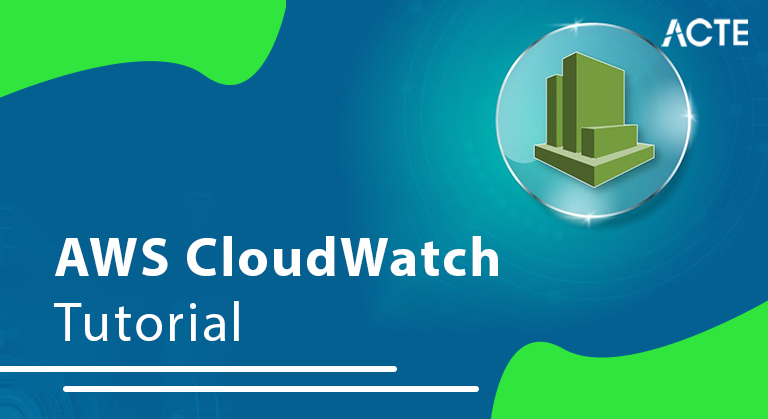
- What is Amazon CloudWatch?
- How does Amazon CloudWatch function?
- What is the requirement for Cloud-Based checking?
- What are the Process of Amazon CloudWatch?
- How to make CloudWatch Dashboards?
- How to make and design CloudWatch Alerts?
- How Amazon CloudWatch Functions?
- Benefits of Amazon CloudWatch
- AWS CloudWatch Pricing
- AWS CloudWatch versus CloudTrail
- Challenges of AWS CloudWatch
- AWS CloudWatch Use Cases
- Conclusion
- Identify any irregularity in your cloud climate.
- Make custom dashboards that incorporate measurements of the AWS administrations that you use.
- Make and design alerts that can screen AWS measurements and start mechanized activities.
- Acquire total perceivability into application execution, use of AWS assets, and by and large the wellbeing of your activities.
- In this progression, CloudWatch executes a mechanized reaction to any functional changes utilizing cautions. For example, you can arrange an alert to begin or end an EC2 case when chosen conditions are fulfilled. You can likewise utilize alerts to begin administrations like Amazon EC2 auto-scaling or Amazon SNS.
- On the off chance that a designed caution is set off, you can set up mechanized activities like auto-scaling.
- The general transfer speed consumed by the application consistently
- The number of online clients that are utilizing the application
- The general presentation of the application on the cloud
- The degree of consumer loyalty with the application
- Amazon CloudWatch permits you to screen information from various administrations utilizing a solitary dashboard. CloudWatch is locally incorporated with the north of 70 AWS-related administrations.
- Cloud-based applications including AWS applications produce enormous volumes of information through measurements and logs. CloudWatch permits you to handily gather and coordinate all information from different applications and benefits and give a visual portrayal of the examined information on the dashboard.
- On account of its consistent incorporation with north of 70 AWS administrations, CloudWatch can gather and distribute metric information consequently. This incorporates 1-minute local – and altered – measurements with 1-second granularity. CloudWatch is likewise upheld on a crossbreed AWS engineering that utilizes both on-premises and cloud-based assets.
- Utilizing this measurement and log information, you can now improve your AWS administrations and assets to accomplish the best presentation and throughput.
- The Amazon CloudWatch administration gives ongoing experiences into cloud activities that empower you to improve functional proficiency and diminish costs. By checking the use of AWS assets, you can be better educated regarding the sort of responsibility limits that you need for your applications.
- Using designed alerts, CloudWatch can computerize your activities in light of preconfigured edges or based on AI calculations that can recognize peculiarities in your metric information.
- With the Amazon CloudWatch administration, you gain functional permeability across the entirety of your running applications, organizations, framework stacks, and other AWS administrations. For example, you can utilize CloudWatch to screen the memory use and transmission capacity for any application, to upgrade them for better execution.
- Also, you can perform metric-related numerical activities to get functional experiences from your information. For example, you can total memory use across different EC2 cases. Subsequently, you gain total permeability of your whole framework and can recognize and resolve any exhibition issues.
- At long last, Amazon CloudWatch empowers you to remove significant and noteworthy bits of knowledge from created logs of various AWS administrations and applications. You can investigate, examine, and afterward picture your log information to screen information like memory use, computer chip used, and limit utilization.
- With CloudWatch, you just need to pay for the log questions that you run, which can likewise scale with higher log volume and intricacy.
- CloudWatch console
- PutDashboard Programming interface
- Select either Line or Stacked Region and afterward click Design.
- From the “Add metric diagram” discourse box, pick the measurements to be remembered for the chart and afterward click “Make gadget.”
- Select Number and afterward click Design.
- Select measurements to be remembered for the diagram from the “Add metric chart” exchange box and afterward click “Make gadget.”
- Select Text and afterward click Arrange.
- From the “New text gadget” exchange box, pick “Markdown” and afterward add and configure your text.
- Click “Make gadget.”
- Metric cautions screen a solitary measurement or a numerical metric that depends on a numerical articulation.
- Composite alerts are set-off provided that the condition for any remaining designed cautions is fulfilled.
- You can likewise make an alert that depends on:
- Static edge of a solitary measurement
- Abnormality discovery
- Metric number related articulation
- 1. Open the CloudWatch console.
- 2. From the route sheet, click Alerts > Make Caution.
- 3. Select your metric and afterward perform both of the accompanying activities:
- 4. From the “Diagramed measurements” tab, play out the accompanying activities:
- 5. From the “Conditions” tab, play out the accompanying activities:
- 6. From the “Warning” tab, select the Amazon SNS point that ought to be advised when the alert is set off.
- 7. Select the separate choices assuming you need the caution to perform auto-scaling or some other EC2 activities.
- 8. In the “See and make” tab, review the caution settings and afterward click “Make alert.”
- 1. Perform Stages 1 to 4 as indicated previously.
- 2. From the “Conditions” tab, play out the accompanying activities:
- 3. Perform Stages 6 to 8 (as determined above) to make the alert.
- 1. Perform Stages 1 to 4 as indicated in the main methodology.
- 2. Click “Add a mathematical articulation” to add another line for the articulation:
- 3. Click “Select measurement” to show the “Determine metric and conditions” page that shows all data of the metric mathematical articulation that you have indicated.
- 4. Play out the excess strides (as nitty-gritty from Steps 2d in the past system.
- 5. Perform Stages 6 to 8 (as indicated in the principal strategy) to make the alert.
- Since we get what is AWS Cloudwatch, let us continue and get what is not an unexpected work process.
- CloudWatch performs 4 activities ordinarily, first, it gathers log and metric information, then, at that point, screens the applications, then, at that point, Acts as per the directions, at long last breaks down the gathered log and metric information for additional use.
- You can refer to the assistance in CloudWatch and it begins gathering its crude log and measurements information. Indeed, even while assortment it continues to screen and update the information. While AWS observing, if any issues are found, it will act and attempt to investigate them. With all the gathered log and metric information, it will dissect and create envisioned substance for better arrangement and further use.
- The simplicity of streaming CloudWatch log information to Amazon Elasticsearch and continuous handling of something similar
- Full use of the assets
- A simple combination of the framework in view of AWS EC2 occurrences
- Solidness and Unwavering quality
- Simplicity of convenience
- Compelling observing of AWS assets
- Works with warning of oddities distinguished through Amazon SNS
- CloudWatch dashboard doesn’t permit the formation of histograms of discrete counts
- The CloudWatch doesn’t store the memory measurements on EC2
- A lot costlier than other outsider observing and log instruments
- Coordination is restricted to just AWS assets
- It tracks down its use in inferring measurements and sending applications
- Works with checking of asset use, application execution, and general framework wellbeing
- Utilized as a logging instrument and as a dashboard
- Likewise utilized for getting sorted out the measurements across every one of the sent applications on AWS.
What is Amazon CloudWatch?
Planned as an AWS part, Amazon CloudWatch gives cloud-based observing of AWS assets including – EC2 cases, flexible, load balancers, auto-scaling gatherings – alongside other Amazon administrations like Amazon S3, SNS, SQS, and RDS. Amazon directors can without much of a stretch screen numerous AWS occurrences and applications from a unified dashboard.
Furthermore, CloudWatch can likewise be utilized to:
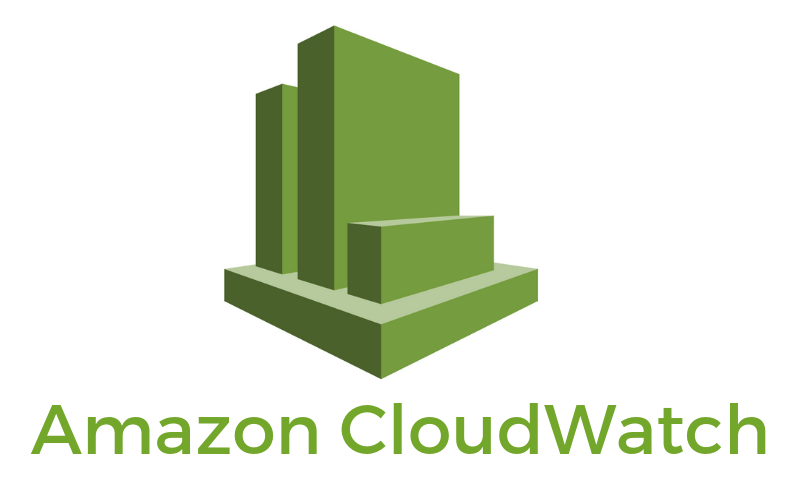
How does Amazon CloudWatch function?
The Amazon CloudWatch principally plays out the accompanying four activities:
Gather measurements and logs
In the initial step, CloudWatch gathers measurements and logs from all your AWS administrations (for instance, AWS EC2 occurrences). CloudWatch recovers these measurements from the storehouse. This can likewise incorporate custom measurements that went into the storehouse. Here are some AWS administrations that distribute CloudWatch measurements – Amazon Programming interface Passage, AppStream rendition 2.0, Amazon Athena, and Amazon CloudFront.
Screen and envision the information
Then, CloudWatch screens and envisions this information utilizing CloudWatch dashboards that give a solitary brought together a perspective on the entirety of your AWS applications, assets, and administrations (running in premise or on the cloud). Moreover, you can associate your gathered measurements and logs to play out a visual examination of the general wellbeing and current execution of your assets.
Follow up on a computerized reaction to any changes.
Investigate your measurements
The last advance is to dissect and picture your gathered measurement and log information – that can empower better knowledge and comprehension. You can perform continuous investigation utilizing CloudWatch Metric Mathematical which assists you with plunging further into your information.
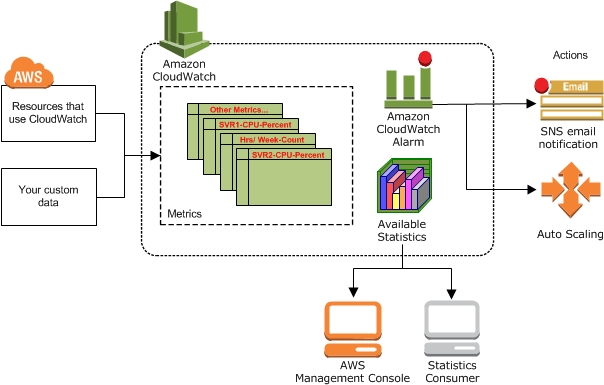
What is the requirement for Cloud-Based checking?
Be it on the reason or the cloud, each business needs to guarantee that its applications and administrations are moving along as planned and gainfully. Notwithstanding both web and cloud applications, a cloud-based checking device is fundamental for observing cloud stages, foundations, and organizations. For any web application sent on the cloud, each entrepreneur has questions connected with the:
Cloud-based observing administrations like CloudWatch empower you to follow how your application is performing on the cloud. Also, you can distinguish any exhibition bottlenecks or issues, in this way empowering you to dispose of them and further develop your application execution. This can help in business development over the long haul. With the expanding number and intricacy of AWS administrations, it’s presently not plausible to physically screen your applications and administrations, henceforth you want a computerization apparatus like CloudWatch.
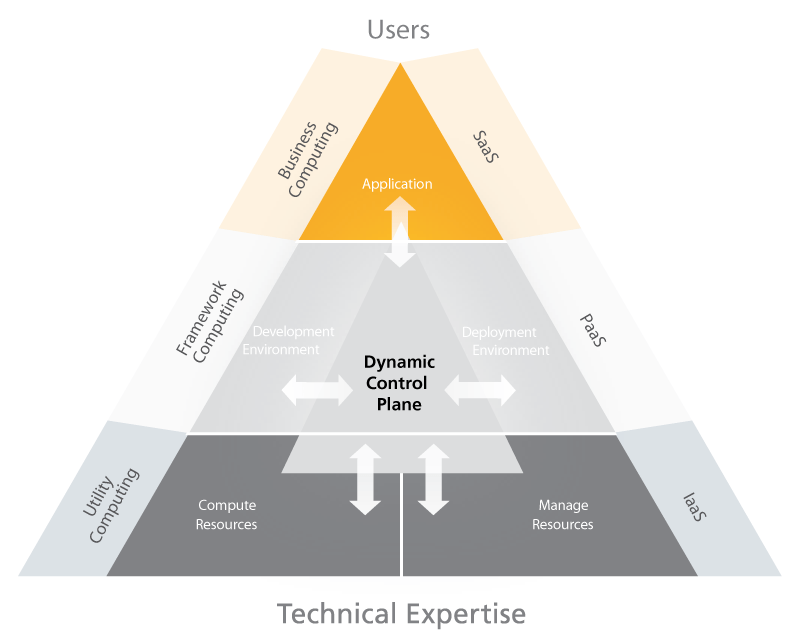
What are the Process of Amazon CloudWatch?
Amazon CloudWatch shows the accompanying 5 advantages to organizations:
Access all observing information from a solitary dashboard
Gathers and examine measurements from AWS and on-premise applications
Further, develop your functional effectiveness and upgrade your accessible asset
Work on functional permeability
Separate important bits of knowledge
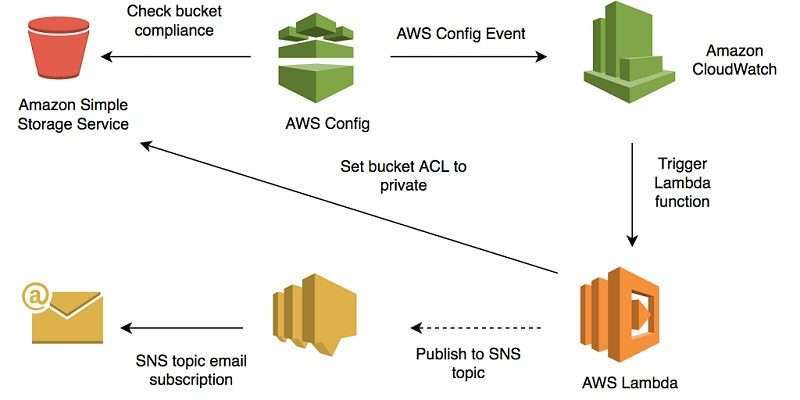
How to make CloudWatch Dashboards?
Amazon CloudWatch dashboards are adjustable dashboards that give a brought-together perspective on the entirety of your AWS assets – including those that are situated in various AWS areas. As an AWS head, you can make a limitless number of CloudWatch dashboards on your AWS account. You can make the dashboard utilizing the:
This is the way you can make a CloudWatch dashboard utilizing the CloudWatch console:
1. Open the CloudWatch console.
2. From the route sheet, click Dashboards > Make a dashboard.
3. From the “Make new dashboard” box that shows up, enter your dashboard name and afterward click “Make a dashboard.”
Assuming you enter the dashboard name as “CloudWatch-Default,” your dashboard will be shown on the CloudWatch landing page. On the other hand, assuming you utilize the name “CloudWatch-Default-<'Resource Gathering Name>,” the dashboard shows up on the CloudWatch landing page when you open the specific AWS asset bunch.
4. As required, play out any of the accompanying activities in the “Add to this dashboard” box:
a. To add a diagram to the dashboard:
b. To add a number that shows measurement on the dashboard:
c. For adding a text square to the dashboard:
5. Rehash Stage 4 to add more dashboard gadgets whenever required.
6. Save your dashboard.
You can likewise make or alter a CloudWatch dashboard utilizing the PutDashboard Programming interface work. Here is a portion of the normal boundaries that are utilized with this Programming interface:
DashboardName (obligatory): indicates the dashboard name in String design.
DashboardBody (compulsory): contains all the dashboard data including the gadgets to be included and their area in the dashboard.
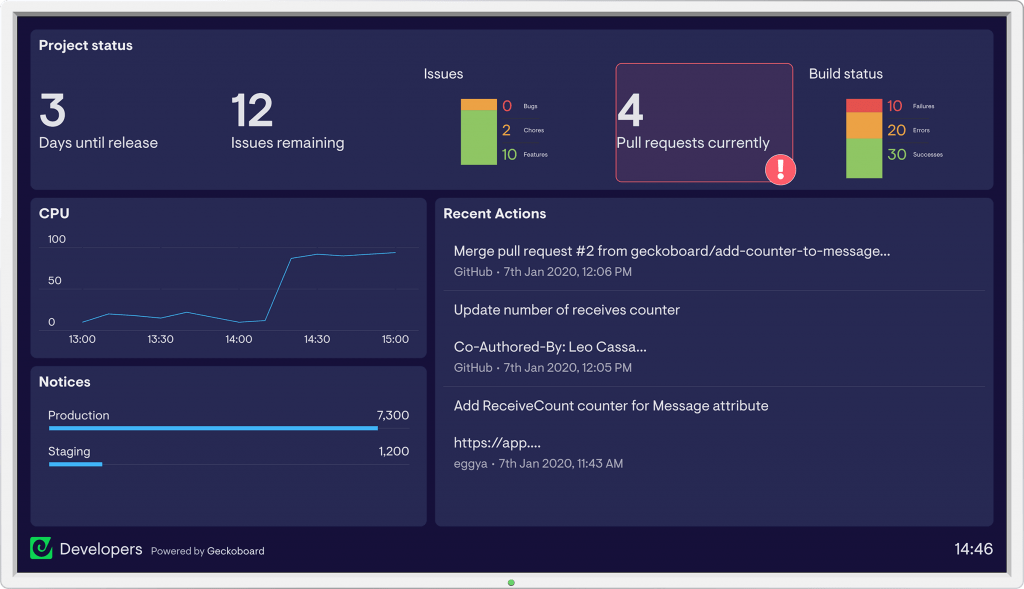
How to make and design CloudWatch Alerts?
Amazon CloudWatch permits you to make both the accompanying kinds of alerts:
This is the way you can make a CloudWatch caution – given a solitary measurement – utilizing the CloudWatch console:
Select the help namespace containing the measurements that you need to incorporate.
Look for a measurement in the pursuit box and afterward press Enter.
From Insights, pick any of the accessible measurements or percentiles.
From Period, determine the assessment time of the caution.
Click “Select measurement” to show the “Indicate metric and conditions” page that shows all data of the measurement and insights that you have determined.
Indicate the name and depiction of the alert.
Utilize the “At whatever point <'metric> is” field to indicate the edge worth of the measurement.
Click “Extra design.”
In “Datapoints to alert,” indicate the number of assessment periods (or elements) needed to trigger the caution.
From “Missing information treatment,” design the caution settings in case of any missing items.
Click Straightaway.
This is the way you can make a CloudWatch alert – in light of peculiarity discovery – utilizing the CloudWatch console:
Select the “Irregularity location” choice
Utilize the “At whatever point <'metric> is” field to determine the scope of metric qualities that can trigger the alert.
Determine the abnormality recognition number in the “Oddity location edge” field
Click “Extra arrangement.”
In “Datapoints to caution,” determine the number of assessment periods (or main items) needed to trigger the alert.
From “Missing information treatment,” arrange the alert settings in case of any missing items.
Click Straightaway.
At last, this is the way you can make a CloudWatch caution – given a metric number related articulation – utilizing the CloudWatch console:
Add a number-related articulation under the “Subtleties” segment of the new line.
Add a measurement or one more numerical articulation under the “Id” section.
Add more numerical articulations whenever required.
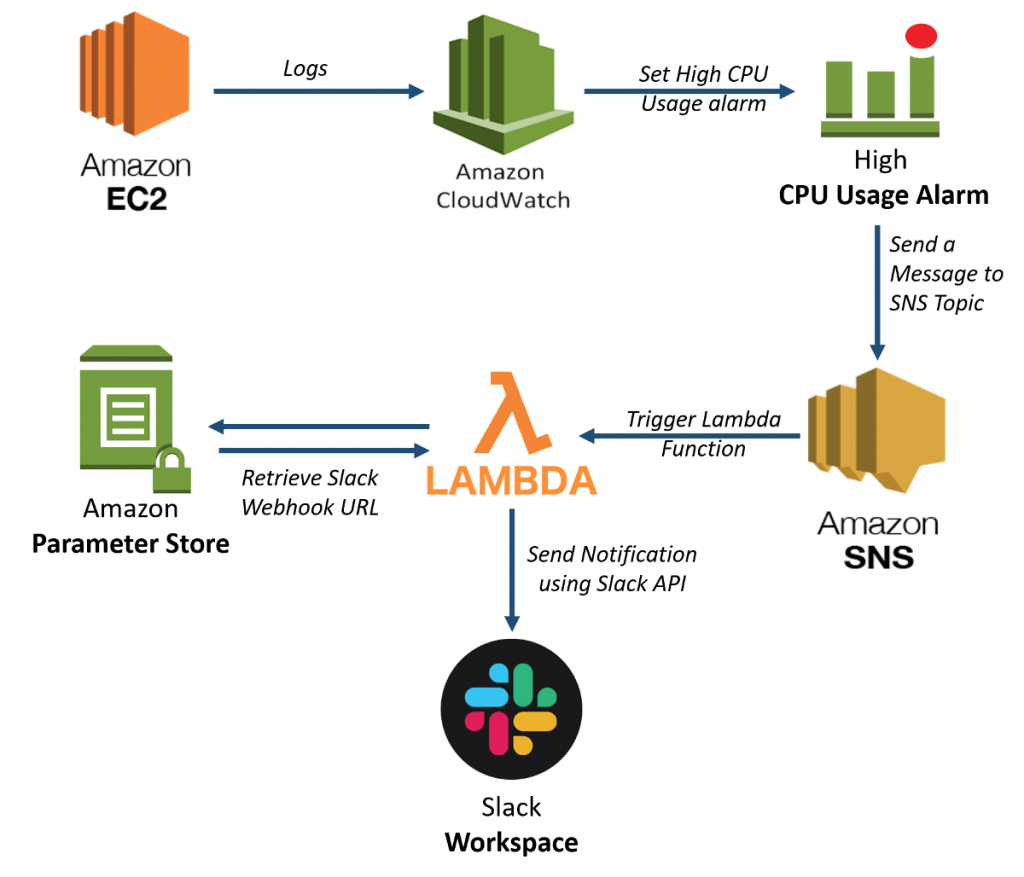
How Amazon CloudWatch Functions?
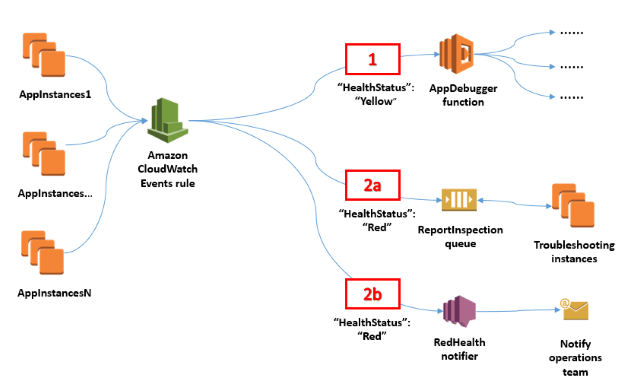
Benefits of Amazon CloudWatch:
One dashboard, Access all information- The web applications produce a ton of information as they are profoundly circulated, to get to every one of the information which has been gathered you simply need a solitary CloudWatch dashboard.
Permeability on the total Framework- You can see through all the AWS assets and administrations you use, so you can associate and go against information delivered from different administrations.
Work on the complete expense of proprietorship- CloudWatch can be utilized to set high goal alerts and can make mechanized moves while there is a break in the cutoff points given. This can help in limiting the expenses spent on AWS administrations
Experiences from logs- You get definite bits of knowledge on isolated AWS administrations and the applications you run on the foundation. Information like memory, computer chip usage, and limited use can be observed and get experiences from it
Upgrade Applications and assets- Utilizing the log and metric information, you can improve your AWS administrations to give the most extreme throughput and execution.
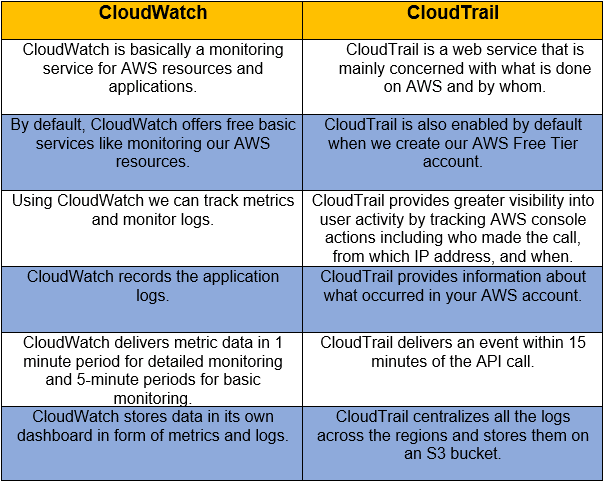
AWS CloudWatch Pricing:
AWS CloudWatch evaluation comes in 2 levels: Complementary plan and Paid level. In the two cases, there are no forthright or responsible expenses. The Complementary plan incorporates administrations like checking measurements, dashboards, logs, alerts, occasions, patron bits of knowledge, artificial materials, and so on. The charges for the paid level depend on the “Pay for what you use” model and the charging date is the end date of each month. This bill sum will be created given the amount of the measurements, Programming interface, and metric streams utilized.
AWS CloudWatch versus CloudTrail:
As it is very obvious from the names-CloudWatch screens the AWS information, assets, and applications while CloudTrail tracks the action in the AWS climate. The fundamental line of contrast between the two is the transfer speed of controlling and observing. CloudWatch assists you with scaling the applications, and CloudTrail assists you with finding who did what to your applications. CloudWatch screens the exhibition of the AWS applications, assets, and so on, and CloudTrail screens the activities included in that.
Advantages of CloudWatch
Numerous associations have been utilizing AWS assets and applications and thus, they are receiving various rewards of CloudWatch. We have recorded beneath a portion of the advantages of utilizing CloudWatch:
Challenges of AWS CloudWatch:
AWS CloudWatch Use Cases:
Associations are viably using the checking and occasions elements of AWS CloudWatch to keep up with the strength of the AWS climate. Definitively speaking, AWS CloudWatch has the accompanying employments:
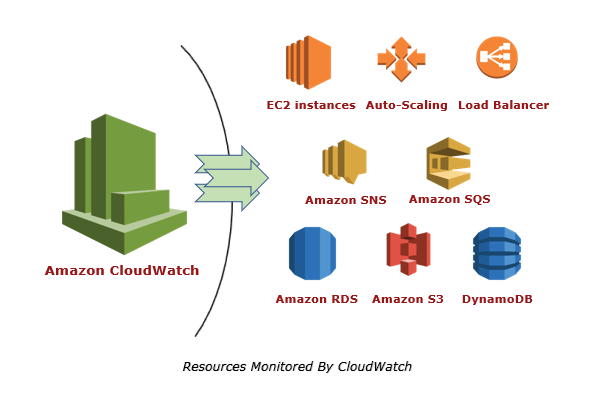
Conclusion
Utilizing the Amazon CloudWatch administration, you can screen cloud-based applications and other AWS benefits and investigate any exhibition issues. With its single and incorporated dashboard, AWS heads presently have total perceivability into applications and administrations running in something very similar or different AWS areas. Was this AWS Cloudwatch Instructional exercise supportive of your total arrangement? Post your criticism remarks in the segment underneath.



